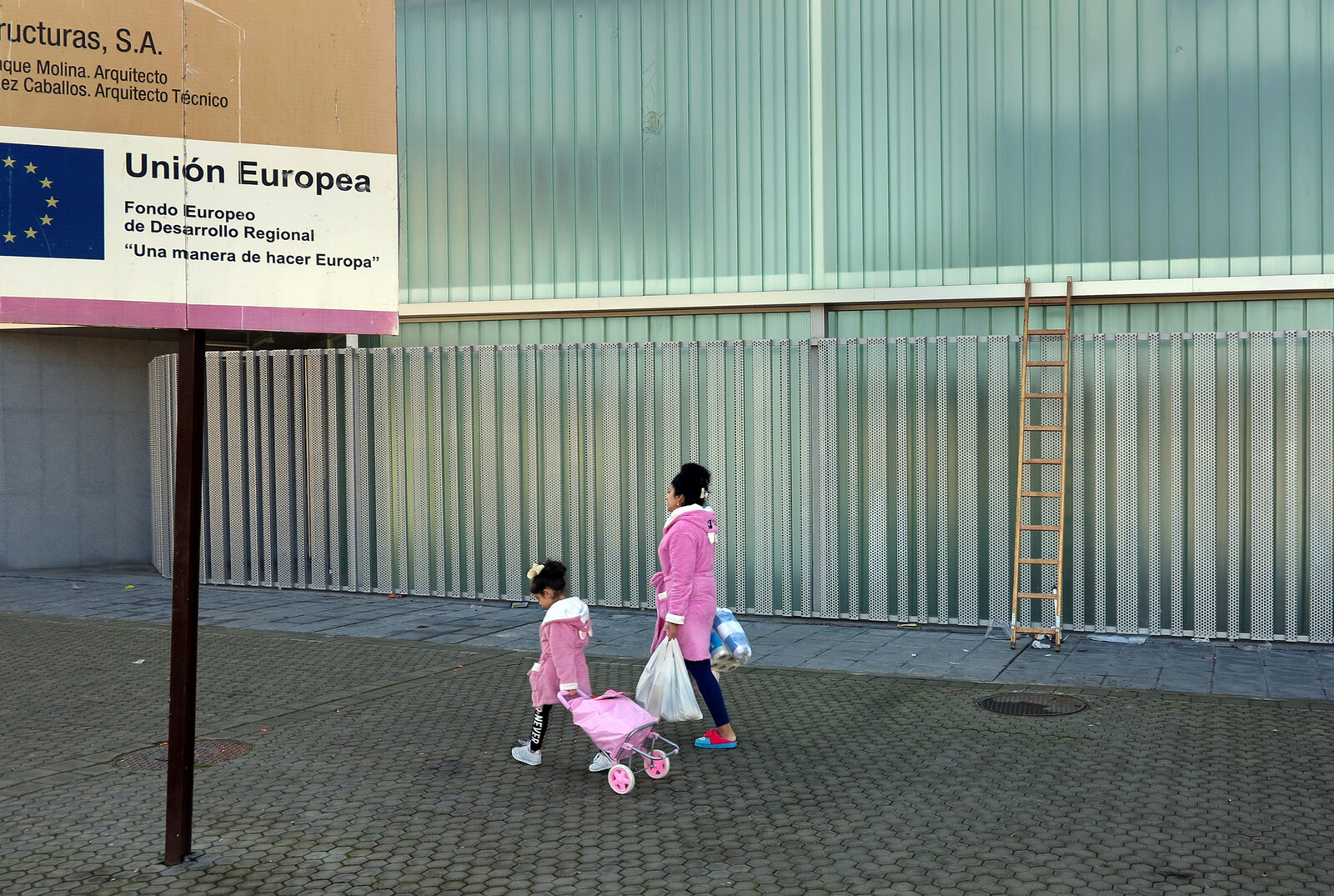In Search of Eldorado
Roma and Sinti in the Struggle for Representation
November 8–28, 2024
ERIAC presents the monograph by Nihad Nino Pušija: In Search of Eldorado—Roma and Sinti in the Struggle for Representation, edited by Rena Rädle & Vladan Jeremić.
This monograph comprises a selection of Nihad Nino Pušija’s artistic work spanning more than three decades. It focuses on those photographs from his diverse body of work that have been taken of and with people who identify predominantly as members of the Roma community. These are pictures that express the photographer’s emotional connection and closeness to the people portrayed. Over the years, a visual archive has emerged that also represents an intimate chronicle of the struggle for political participation and cultural representation of Sinti and Roma.
As a photographer interested in the micro-histories of the people in his immediate surroundings, Nino Pušija explores the possibilities of breaking through the visual canon of photography of Sinti and Roma, which is characterised by ethnicisation, clichés and typologisation. For him, photography is a tool that can contribute to the self-representation of marginalised people. On the one hand, there are the portraits that he arranges according to the wishes of his counterparts, with the subtle difference that these photographs are not intended for private memory only, but become part of a “public family album”. In other works, such as his photo-novellas, concrete experiences of the people portrayed are given expression. It becomes clear that Nino’s artistic practice always offers a means to articulate and overcome the existential problems and marginalisation faced by a large part of the Sinti and Roma community in Europe.
Timea Junghaus, art historian and executive director of ERIAC writes about Pušija´s oeuvre in the preface of the monograph:
“Roma self-representation and the re-claiming of Roma authorship only began—as a conscious and declared movement—after the First World Roma Congress in 1971, when Roma intellectuals declared the need to break with the tradition of cultural appropriation in European societies. Up until that point, the representation of Roma was under a monopoly of non-Roma—collectors, wunderkammer builders, passionate laypeople, and later anthropologists, ethnographers, photographers, and curators. One of the most conflictual cases of cultural heritage in Europe comprises hundreds of thousands of photographs created about Roma, which are all archived and preserved under the names of non-Roma photographers, and rarely with the names of their Roma subjects. Nihad Nino Pušija transforms the power mechanism: his Roma subjects appear with power, with agency to shape their own destiny, whole in their humanity and dignity.”
This trilingual publication (English, German, Romani) is also a tribute to the harmonization process of the Romani language spoken by Europe´s largest ethnic minority and shows appreciation not only for the language but also for the various experiences within the Roma community. Hedina Tahirović-Sijerčić’s touching poems in Romani and English languages resonate with Pušija´s images. In their own unique way, they speak of the search for Eldorado.
A related exhibition curated by RomaMoMA, featuring a selection of Pušija’s photography, will open at ERIAC on the same day. The opening night will also be graced by a performance by Delaine Le Bas, this year´s Turner Prize nominee.
Friday, November 8, 2024
6–7pm: Presentation of the monograph Nihad Nino Pušija: In Search of Eldorado—Roma and Sinti in the Struggle for Representation and conversation with the authors and editors Rena Rädle & Vladan Jeremić, Suzana Milevska, Moritz Pankok, André Raatzsch
7pm: Opening of the exhibition Nihad Nino Pušija: In Search of Eldorado
7:30pm: Performance by Delaine Le Bas
8–10pm: Reception with live accordion music by Dejan Jovanovic
Authors: Timea Junghaus, Rena Rädle & Vladan Jeremić, Suzana Milevska, André Raatzsch & Emese Benkö, Moritz Pankok and Hedina Tahirović-Sijerčić.
Layout and design: škart
Size: 25 x 35 cm, 305 pages, ISBN: 978-3-9822573-6-5
This project has been made possible through the support of Hauptstadtkulturfonds (HKF), the Berlin Senate Department for Culture and Social Cohesion.











